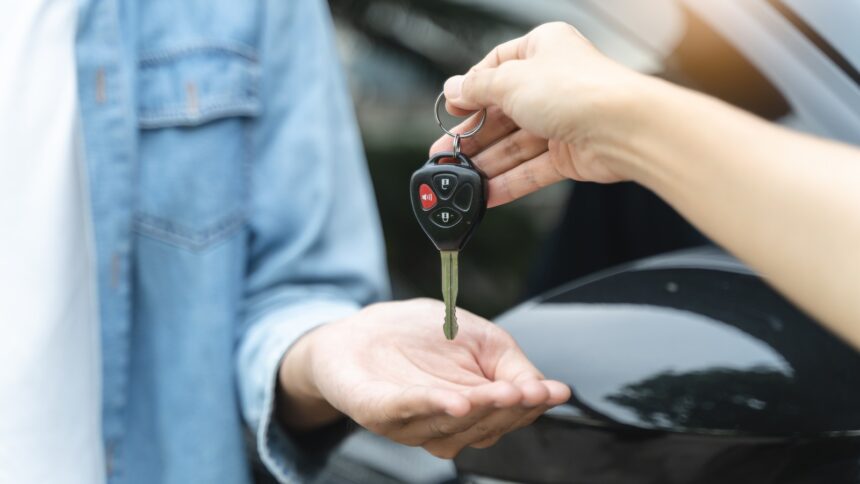When buying a used car, one of the most critical steps is checking for existing liens. A car lien is a legal claim on a vehicle to secure a debt—and if you skip this step, you might end up responsible for paying off someone else’s loan.
To help you steer clear of unexpected financial trouble, here’s our expert guide on how to check for car liens, understand their types, and protect your purchase.
What Is a Car Lien?
According to CARFAX Canada, a car lien is an “interest in the car that the owner grants to another party, usually as security or collateral for a debt.” Liens are commonly placed by banks or financial institutions and are only removed once the debt is fully repaid.
Why Car Liens Matter to Buyers
If you buy a used car with a lien, you may be liable for the outstanding debt—even if you didn’t create it. While licensed dealerships usually pay off liens before sale, private sellers are not required to do so. This makes it essential to verify lien status before completing any transaction.
Want to learn more about protecting yourself from vehicle scams? Check out our related guide: How to Spot and Avoid Car Title Washing Scams.
Who Holds a Car Lien?
Usually, the lienholder is the lender who financed the vehicle. Until you pay off the loan and they issue a lien release, they remain the legal owner.
Types of Car Liens
- Consensual Liens: Voluntarily agreed upon by the borrower (e.g., a bank car loan).
- Statutory Liens: Imposed due to unpaid bills, such as mechanic’s or tax liens.
- Judgment Liens: Issued by a court when a debt remains unpaid.
Pros and Cons of Car Liens
Pros (for lenders):
- Provides collateral to recover losses if the borrower defaults.
Cons (for buyers):
- Car can’t be resold easily until lien is cleared.
- Ownership remains uncertain until the debt is settled.
- Unwittingly taking on debt if you don’t check beforehand.
How Long Do Liens Stay?
Judgment and statutory liens can stay on your credit history for up to seven years. According to Car and Driver, paying off a lien typically takes five business days or more.
Consensual liens don’t affect your credit score in any negative way, so long as you follow the terms and conditions set by your lender. However, judgment and statutory car liens can stay on your credit history for up to seven years.
How to Check for a Car Lien
- Inspect the car title: Check if a lienholder is listed as the legal owner.
- Get a vehicle history report: Services like CARFAX and Autocheck reveal lien info, accident history, and more.
- Visit your local DMV or transport agency: With the car’s VIN, you can verify lien status online or in-person.If you can get a hold of the VIN or Vehicle Identification Number, you can take this to your DMV or even head to your state’s transport website to look up existing liens on the car you’re interested in.
The Bottom Line
Don’t let a hidden lien turn your dream car into a financial nightmare. By understanding what liens are, checking before purchase, and using tools like CARFAX, you can make a smart, informed decision.
Whether you need more tips on buying used cars or advice on safe driving in fog, snow, and other weather conditions, our blog has all the resources you need to make well-informed decisions! So keep reading to learn more about buying, selling, driving, and maintaining new and used cars.
Want more expert automotive advice? Explore our latest post on Safe Driving in Fog, Snow, and Rain.
Still shopping for your next ride? Don’t miss our guide: Top 10 Best Used Cars Under $10,000 in 2025.


